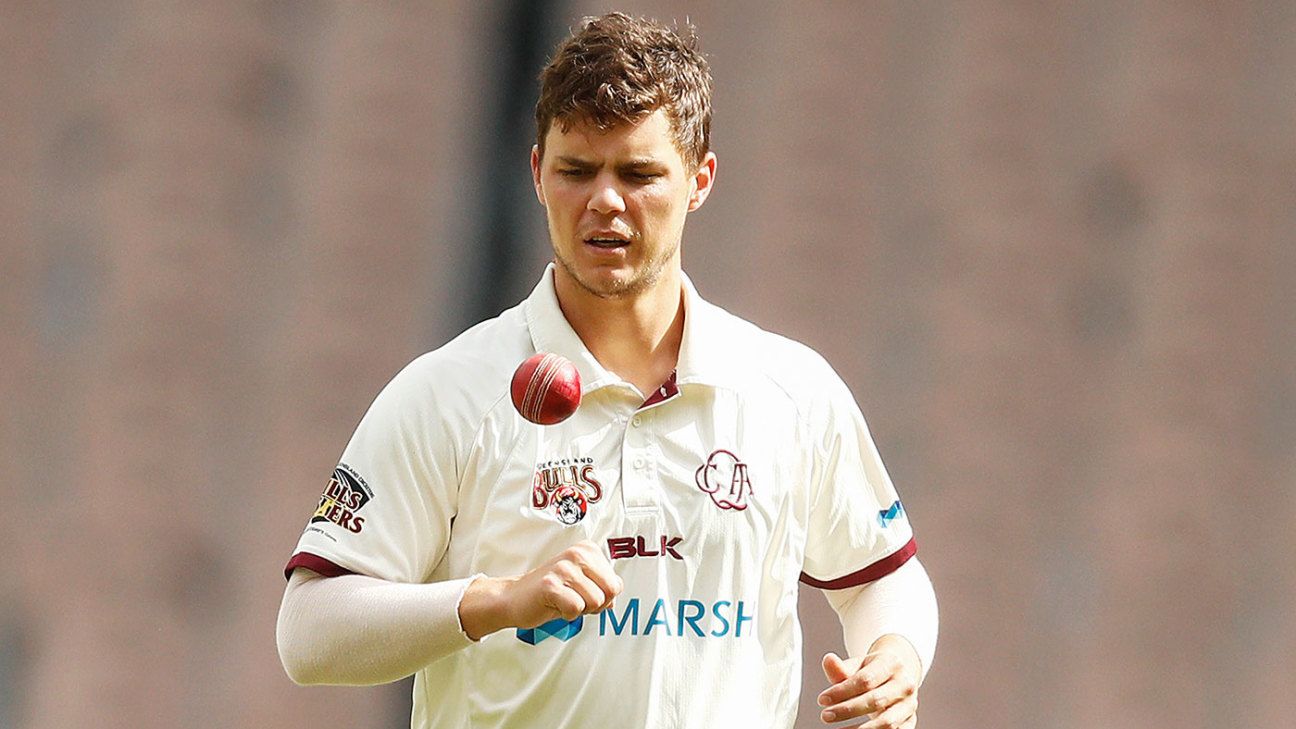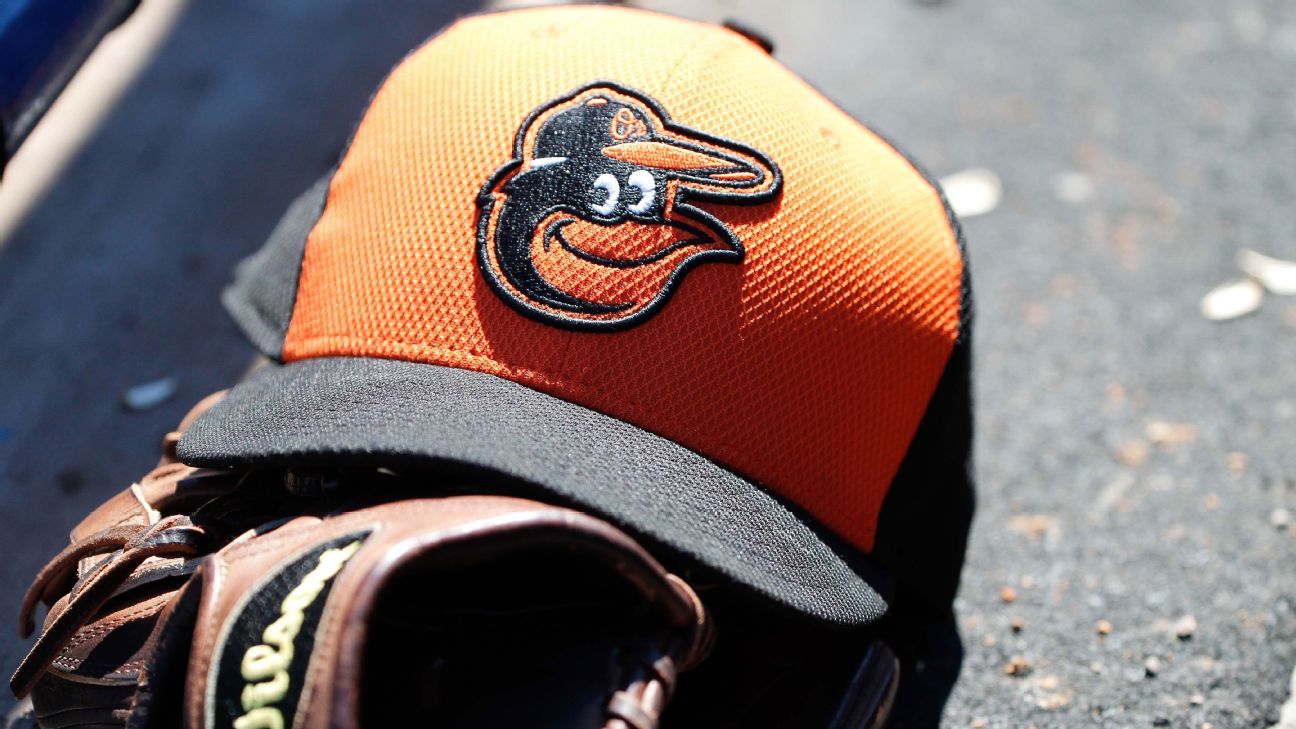
Australia's leading spin bowling mentor, Craig Howard, has argued that the exit of the Dukes ball from Sheffield Shield matches cannot be the only fix if the game's decision makers are serious about encouraging the use and development of spin bowlers in domestic ranks.
Rather than focusing on the type of ball, as was the case with Cricket Australia's announcement last week that the Kookaburra ball would be used in all domestic matches next summer after numerous seasons of the Dukes being used in the back half of the Shield competition, Howard told ESPNcricinfo that preparation of more spin-friendly pitches had to be considered in order to allow the likes of Mitchell Swepson, Ashton Agar, Adam Zampa, Lloyd Pope and new Victorian recruit Wil Parker to grow.
While the durability of Nathan Lyon is not in question, there is a dearth of strongly performing spin bowlers behind him, particularly after the retirement of Steve O'Keefe from New South Wales. Howard said that CA should look to some of the more "creative" measures used elsewhere, notably by some counties in England, to encourage the use of spin in first-class matches. He echoed O'Keefe's call for the practice of "scarifying" or raking surfaces on a good length for spin bowlers to make pitches more likely to turn early in games and break up later on.
ALSO READ: The kings of the Dukes ball and how it wasn't all bad for spin
"I think the ball played its role in being able to develop other areas of the game, the batting component and also being able to bowl with it, but it's more so that the wickets are playing a slightly larger role," Howard said. "A lot of them probably don't resemble too much of the Test wickets at the same venue, which I think is probably the thing that ideally would be looked at.
"If you use Adelaide Oval as an example, from a frontline spin point of view, so that's not including your guys picked to bat in the top six or seven to bowl a few handy part-time overs, we had just three overs out of every 100 were frontline spin. If you put that into context from a Test match point of view at Adelaide Oval, the last day Test match played there [against India in 2018] it was 41% of the overs bowled in that game were from spinners. There's certainly some concerns there.
"I know a few people have got some different ideas on how we go about it, and obviously it's got to fit in line with the motivations of everyone. I don't think they can go in and say 'it's all about spin so let's just make spinning wickets' because we want to have the ability to play against the swinging and seaming ball as well."
In England, the Taunton home of Somerset has become known as "Ciderabad" due to the preparation of pitches devised to aid the bowling of Jack Leach and Dom Bess, among others. While at times Somerset's pitches have attracted criticism from opponents and disciplinary action from the ECB, it has undoubtedly aided the development of spin bowlers in terms of granting them a greater opportunity to be involved in matches - something seen far more often at Test level than in Shield fixtures in Australia.
ECB pitch regulations allow for "considerable turn from the protected area on the first or second playing days of the match" and then "excessive turn from the protected area on the third or fourth playing days of the match", only penalising the host team in the event of the amount of spin being considered "excessive" early in the game. The overall philosophy of pitch regulations states that a surface should "be prepared to provide an even contest between bat and ball and should allow all disciplines in the game to flourish. In all cases, pitches will be judged on how they play, and not whether they are dry or what colour they are".
"I know county cricket have been innovative in some areas so I think that's one thing that has helped bring on some spinners in their system," Howard said. "We can keep challenging our batsmen's ability to play the moving ball, but it also will provide the wicket with the opportunity to break up with less grass in those areas, it'll allow for the wickets to break up later in games as well. That would provide a real challenge for batters to be able to survive it, but also a challenge for the bowlers to have to bowl sides out."
The toss is another area that has been discussed. Last season teams bowled first in 15 of the 27 Shield matches whereas in the last four years of Test matches in Australia only three sides have bowled first. "It is a bit of an indication of the length of grass and the greenness of the wickets as opposed to Test matches in Australia," Howard said. "So it's more so that the wickets in first-class cricket aren't replicating what's happening in Test match cricket."
Howard, who is currently awaiting clarification over his role as CA's spin consultant at the National Cricket Centre in Brisbane, acknowledged that there were cultural barriers to his suggestion in Australia, where the independence of groundsmen and the preparation of pristine surfaces - generally on the greener side in domestic matches - were something akin to articles of faith for the game down under. However, he is adamant the preponderance of drop-in surfaces and also a reduced amount of traffic on pitch squares over a season required a counterbalance.
"From my point of view if we happen to over-scarify or something like that and a side gets bowled out for 150, that's probably happening a little bit in Shield cricket at the moment normally through green wickets," he said. "I just think anything we can provide that offers diverse conditions where players get to develop their games from a whole of game point of view, spin, quicks, medium pace, then I think it would be a better first-class system.
"I think with a lot of the drop-in wickets because they can be quite placid, they tend to default to making them more lively, so putting more moisture into them to make them more challenging to get results. I think what that does is it means there's a lot less deterioration in the wickets, being only four days, and then as the wicket improves the best batting conditions are day four and the game slows up at the back end. In an attempt to try to get results they tend to be going the other way, putting in the moisture and keeping longer grass on the wickets, which ultimately doesn't really replicate what a Test match pitch does, and makes it difficult for spinners to be relevant."
The encouraging thing from Howard's perspective is the knowledge that if a spin bowler does learn their craft effectively in Australia, they will likely have enough natural powers of spin to succeed elsewhere in more helpful conditions. Under the current Future Tours Programme, which may have to be redrawn due to Covid-19, Australia are due to have away series against Pakistan, Sri Lanka and India in 2022 plus there is this year's Bangladesh tour to reschedule.
"Australia is a very challenging place to bowl spin, as you can see by a lot of the spinners who come here from other countries and have done particularly well in Test cricket elsewhere," Howard said. "Yasir Shah is a really good example, he comes here and struggles to get it off the straight a bit, because it is incredibly difficult to bowl. That's why when we get a good one, they're generally one of the best in the world at the time, because its high revolutions with high overspin which is not easy to do.
"There's obviously some areas they need to look at, because we're going to need spin for quite a number of our games over the next period outside of Australia. If they're only facing a handful of overs in first-class cricket in green conditions, how are we going to know the players who can actually play in tough, challenging conditions and create some defensive and attacking weapons as spinners and batsmen."















 Phone: (800) 737. 6040
Phone: (800) 737. 6040 Fax: (800) 825 5558
Fax: (800) 825 5558 Website:
Website:  Email:
Email: 






